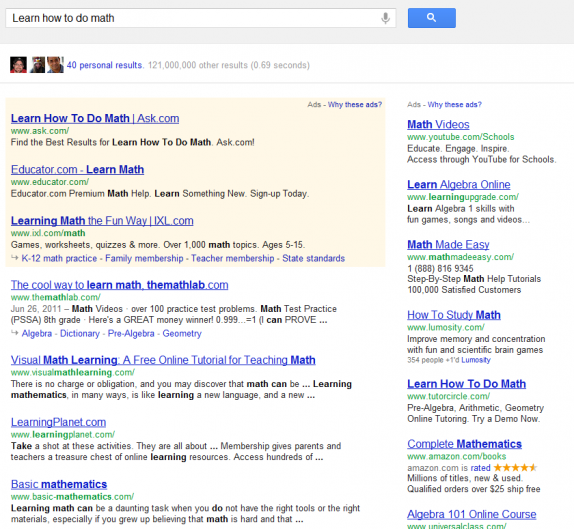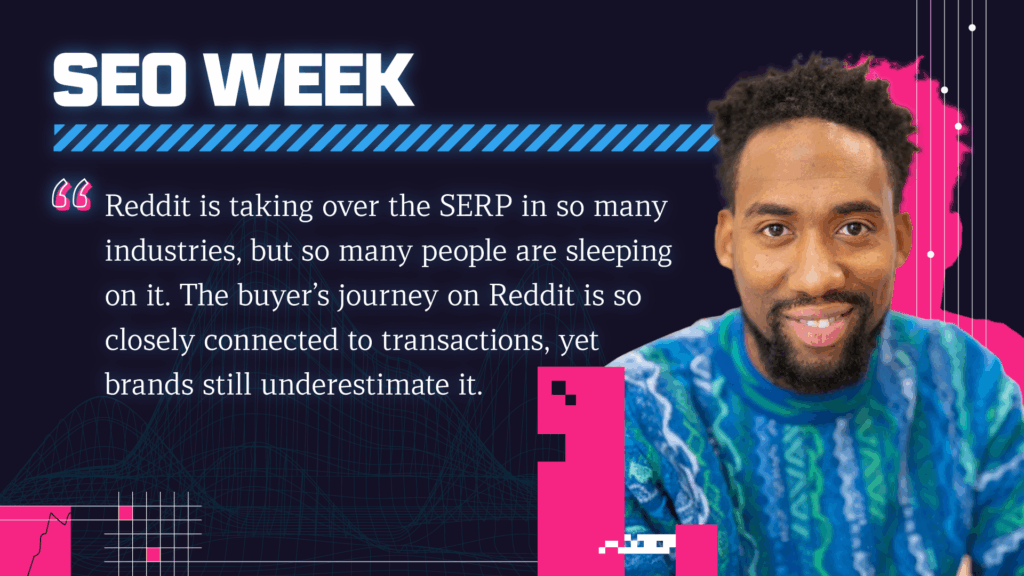In the beginning there was Google. Well, actually, in the beginning there was “Archie Query Form”. Alta Vista, Yahoo and Ask Jeeves, were not far behind. But eventually, Google came onto the scene and drastically changed what it meant to find information by promising to deliver the most relevant content.
This article is not a debate about the quality of Google’s results as of late, so let’s not go there. What this article is focused around is the change in the method of content discovery.
All of a sudden, Facebook comes out of nowhere and changes this search engine dynamic. Rather than actively looking for content and getting the most relevant results, we now sit and watch our stream and “stumble upon” information our social network shares. A very strange evolution indeed!
This Change Has Big Impacts for Marketers
Why you ask?
Think about your own searcher behavior. You have a need. For this example let’s say it is “How do I do Math?” So you go to Google, and based on that need, you type in “Learn to do math”, and get a list of results that relate to what you have actively asked Google.
Facebook couldn’t be more different. I may open up my Facebook stream and the first thing I see might be a picture of what my friend made for breakfast, and then an article they posted from SEOmoz and then another posted from Perez Hilton (which immediately gets hidden), and then what my friend made for dinner, etc.
The point is, when I sign into Facebook, I don’t think to myself, “let’s see what mashable has to say about Angelina Jolie’s leg. It just showed up.
This is the main difference between “Searching” and “Social…ing”.
New Method Of Discovery Means Different Tactics
A couple months ago, I did a study with BrightEdge and wrote about the results in Search Engine Land. Knowing that the method of content discovery was different between Google and Facebook, we set out to better understand some of the limitations, as well as find additional opportunities to better reach our audiences on Facebook.
What we found that there is more real estate within Facebook to share your message. Character lengths were different. There were about 97 characters available in the title and about 297 available in the description on Facebook. Knowing that your audience is responding to content differently on Social Media, than they are in search engines, there is a huge opportunity to appeal to them differently.
Open Graph Helper Comes to Earth
Frustrated that the only real way to see how something will render on Facebook is to test post it on Facebook or manually go into the code, find the open graph tags, and count them, I decided to ask for some help.
Graciously, Mike offered to help (awesome for me!). He and I spoke over a number of weeks to discuss the specifics and collaborate on this Bookmarklet (Open Graph Helper <— Just drag to your bookmarks), which will do all this work for you.
The cool thing about it is, it takes into account all the limitations discovered in the BrightEdge study, and gives you a sample output of what this might look like on Facebook so you know if you are hitting the appropriate criteria.
Immediate Takeaways
The main takeaway here should be, keep Open Graph in mind. With this Bookmarklet, there are no more excuses. The next time you write a blog post, do a site audit, or just want to see how badly a competitor is failing at this, just click on the tool.
Make sure you are thinking about the different methods of discovers. Think about the differences between your audience finding you on Google vs. Facebook, and strongly consider optimizing your Open Graph tags.
You have the control. Why leave it to chance?
The preceding article is a guest post written by Aaron Friedman who works in Digital marketing at Resolution Media. He specializes in SEO and Social media strategy. Follow him on Twitter @AaronFriedman.
Special thanks to Chris Le from Seer Interactive and Joshua Giardino for helping get the bugs out of the bookmarklet.










